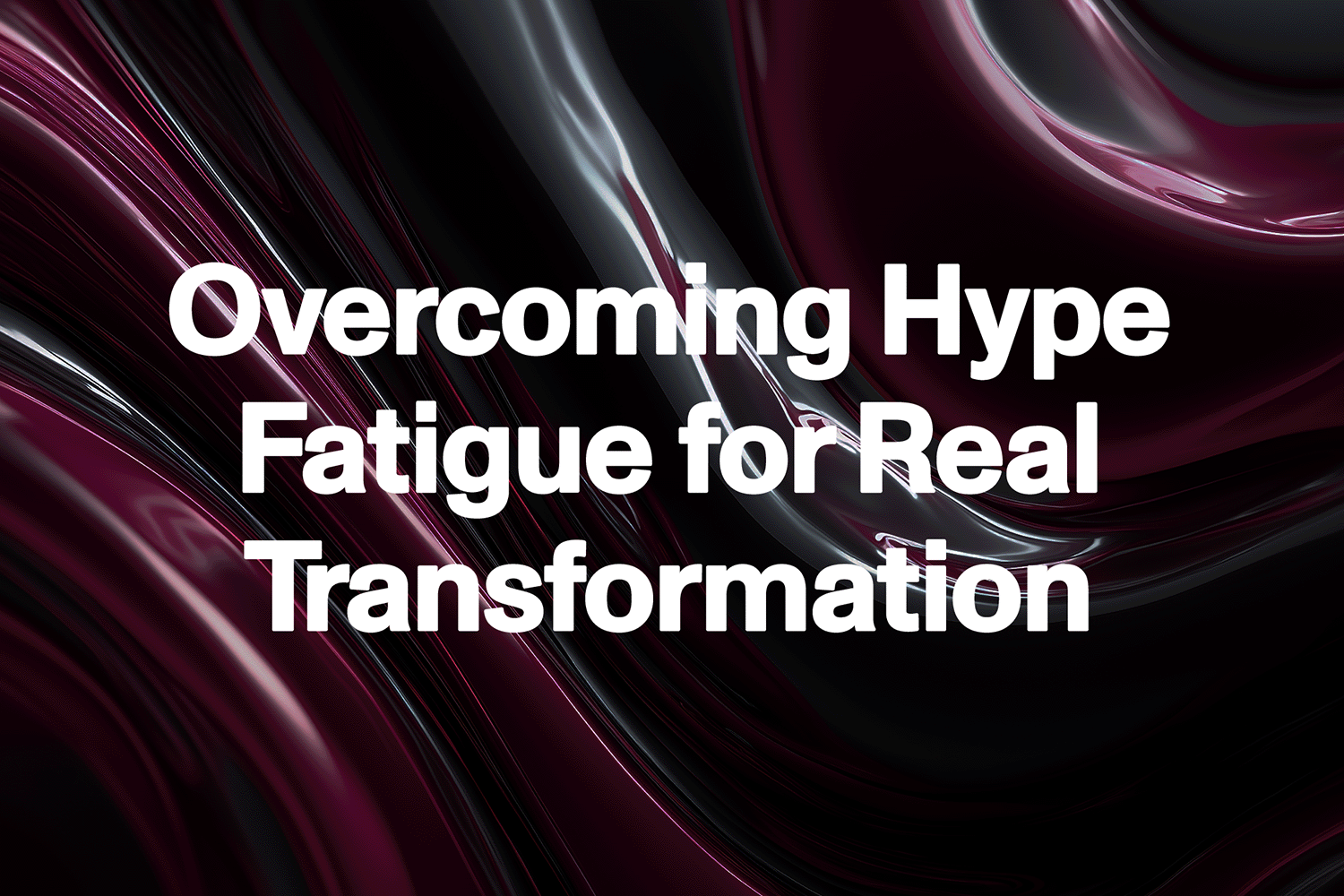


Enterprise technology leaders are under immense pressure to keep up with the relentless pace of innovation. Every year brings a new wave of "revolutionary" technologies - data lakes, data mesh, generative AI, agentic AI - each promising to be the silver bullet for business transformation. But chasing every trend is exhausting, costly, and ultimately unsustainable.
This is hype fatigue: the disillusionment that sets in when organisations invest heavily in emerging technologies, only to find that the promised returns fail to materialise. The consequences are real - wasted budgets, frustrated teams, and a lack of strategic direction.
The question is: How can enterprises cut through the noise and focus on what truly matters?
Hype fatigue isn’t just an annoyance - it has tangible business impacts:
The pressure to keep up is immense. Boardrooms demand AI roadmaps, competitors flaunt their latest tech stack, and vendors promise transformative results. But without a disciplined approach, enterprises risk spinning their wheels rather than driving meaningful progress.
Consider the evolution of data architectures over the past decade:
Similarly, in AI:
Google Trends data reveals the rapid rise and fall of these buzzwords. The pattern is clear: technology trends come and go, but enterprises need stability and real impact.
Several factors drive this cycle:
1) The Shiny Object Syndrome
2) Media and Vendor Hype
3) Competitive Pressure
4) Boardroom Demands
The result? Budgets get allocated to trends, not strategy.
The solution isn’t to ignore innovation - it’s to adopt with purpose. Here’s how:
1) Define Your North Star Objectives
Before investing in any technology, ask:
Example: If improving customer service is a priority, conversational AI (e.g., a chatbot powered by an LLM) could deliver quick wins - even with limited proprietary data. However, for competitive advantage, you’ll need to leverage your unique data assets.
The key is intentional adoption:
Jumping straight to advanced AI without a plan for your data will compound technical debt. But waiting for "perfect data" means missing near-term opportunities. Balance both.
2) Implement a Robust Investment Framework
Not every trend deserves your attention. Establish criteria for evaluating new technologies:
3) Stay Strategic, Not Reactive
At Mesh-AI, we specialise in helping highly regulated enterprises in financial services and energy cut through the noise, and implement production-ready data and AI solutions that deliver real impact.
Our approach ensures:
✅ Quality at pace: We deploy high-impact solutions in weeks, not months.
✅ Industry expertise: Our team understands the complexities of regulated sectors.
✅ Strategic alignment: We help you focus on what matters, avoiding wasted investments.
If you’re tired of chasing trends and want real, measurable transformation, contact us at hello@mesh-ai.com. Let’s build a strategy that works - for your business, not just the headlines.
